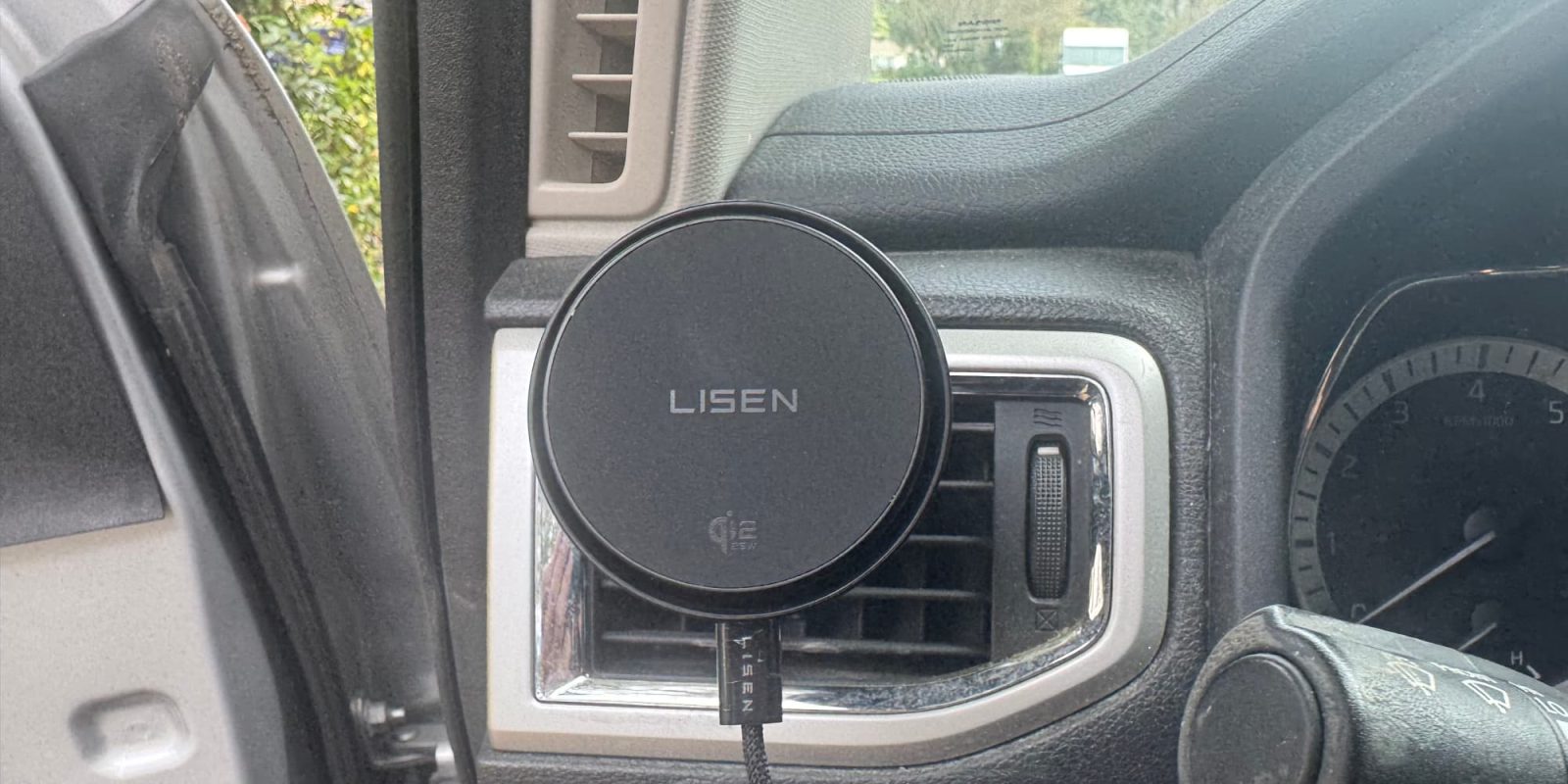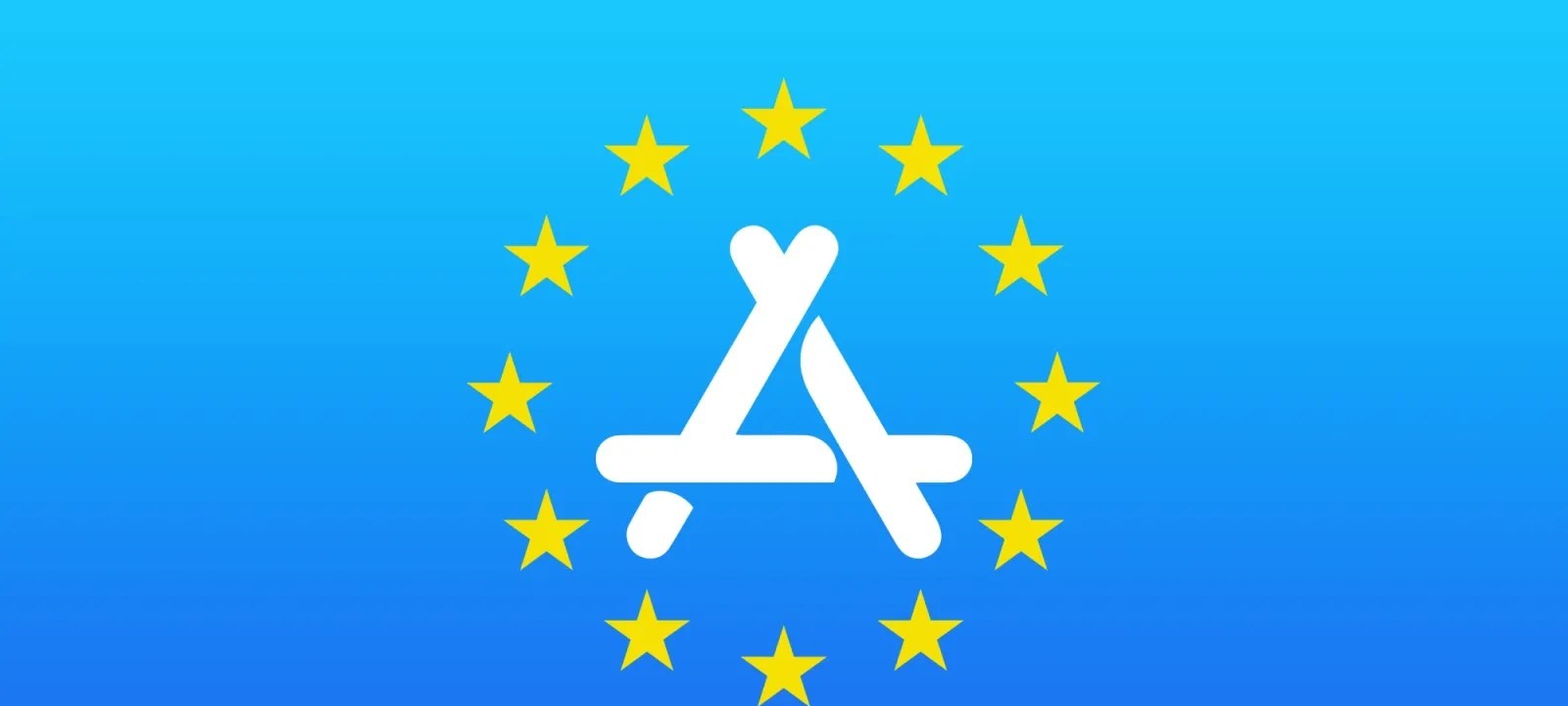In the dynamic world of app development, the journey from a conceptual design to a fully functional application is often fraught with challenges. Bridging the gap between designers’ visions and developers’ implementations can be time-consuming and complex. Enter Play to Xcode, a groundbreaking feature from the prototyping platform Play, designed to streamline this transition by converting interactive mockups directly into Xcode projects.
The Role of Prototyping in App Development
Prototyping serves as a critical phase in app development, allowing designers and developers to visualize and test user interfaces before committing to full-scale development. It provides a sandbox environment where ideas can be explored, interactions can be refined, and user experiences can be optimized without the overhead of coding from scratch.
Introducing Play: A Comprehensive Prototyping Solution
Play is an innovative platform that empowers users to create interactive app mockups with ease. By offering a suite of core iOS interface elements—including date and time pickers, buttons, text fields, sliders, and indicators—Play enables designers to construct detailed prototypes through a simple drag-and-drop interface. Customization is straightforward, allowing adjustments to size, color, and other properties to align with the desired aesthetic and functionality.
Beyond static designs, Play facilitates the incorporation of dynamic components such as WebView, MapView, and CameraView, enriching the prototype’s interactivity. Users can define specific interactions, simulating user behaviors like taps and swipes, to create a realistic representation of the app’s flow and responsiveness.
Bridging the Gap with Play to Xcode
The introduction of Play to Xcode marks a significant advancement in the prototyping landscape. This feature allows users to export their Play prototypes directly into Xcode projects, effectively translating design elements and interactions into Swift code. The generated code is not merely a static representation; it includes support for essential APIs, enabling functionalities such as camera access, location services, gestures, and haptic feedback.
Moreover, Play to Xcode integrates seamlessly with popular third-party APIs, including Spotify and OpenAI, expanding the potential for incorporating diverse features into the app. The export package comprises an Xcode project with a pre-configured MainApp, a custom Swift Package (available in both UIKit and SwiftUI), and the PlaySDK. This comprehensive package ensures that all fonts, assets, colors, variables, components, and pages defined in Play are accurately rendered as native code in Xcode.
Enhancing Development Efficiency
By automating the conversion of prototypes into functional code, Play to Xcode significantly reduces the time and effort traditionally required in the development process. Developers can focus on refining and expanding the app’s capabilities rather than translating design specifications into code. This efficiency not only accelerates the development timeline but also minimizes the potential for miscommunication and errors between design and development teams.
Getting Started with Play
Play offers a free tier, allowing users to explore its features and create prototypes without initial investment. For those seeking to unlock unlimited projects and remove watermarks from prototypes, Play provides various paid tiers tailored to different needs. Detailed information on pricing and features is available on the Play website.
Conclusion
The integration of Play to Xcode represents a paradigm shift in app development, offering a seamless bridge from design to deployment. By enabling the direct conversion of interactive mockups into functional Xcode projects, Play empowers designers and developers to collaborate more effectively, innovate rapidly, and bring high-quality applications to market with unprecedented efficiency.



